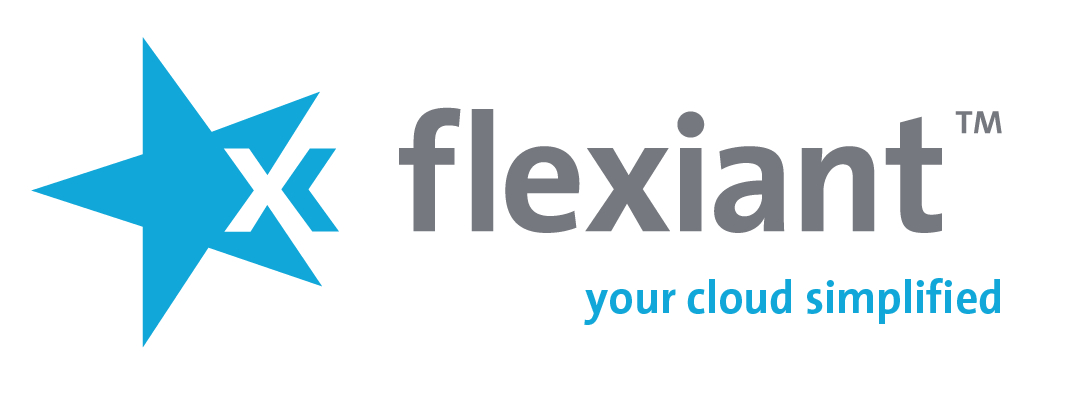A few days ago I have participated as a panelist in the webinar titled “Cloud Can’t Wait” alongside Michael Coté (@cote), analyst at 451 Research, Jared Stauffer (@jaredstauffer), CEO at Brinkster and Jim Foley, SVP Market Development at Flexiant.
We have debated the cloud opportunity. Sounds old? Maybe. However, surprisingly enough, the majority of IT infrastructure buyers haven’t adopted it yet. Skepticism, natural resistance to change, staff self-preservations and other excuses are amongst the primary reasons for that. If you think about it, this is actually pretty normal when a technology is so much disrupting the status quo.
The title of the webinar “Cloud Can’t Wait” may sound like a way to build the hype but, with regard to cloud, I think we all concur that, by now, the hype is way over. As I’m sure we agree that, indeed, the cloud can’t wait. Those who’ve fully embraced it have demonstrated to have significant advantages over those who haven’t, and these advantages are directly affecting their competitiveness and even their ability to stay in business.
The opportunity is for everyone
We talked about the cloud focusing on the infrastructure side of it. We have deliberately excluded SaaS consumption from the statistics and the debate, as that has a totally different adoption curve and, when put in the same basked, can easily mislead the conclusions. So rule number one, treat SaaS numbers separately.
Michael Coté presented an interesting categorisation of cloud infrastructure services, segmented as follows:
- Infrastructure-as-a-Service (IaaS): compute, storage and network “raw” infrastructure.
- Platform-as-a-Service (PaaS): supporting developers and middleware integration they require.
- Infrastructure-Software-as-a-Service (ISaaS): the applications required to manage IT infrastructure, including backup, archiving, disaster recovery (DR), capacity planning and, more generically, IT management as a service.
Seeing ISaaS as third category was pretty interesting to me as we all knew it existed but we never managed to label it correctly. And as Michael stated later on, expertise in this specific category is what some service providers, mostly those coming from the managed services space, can actually offer as value add on top of raw infrastructure, in order to win business in this space.
So what is this cloud opportunity we are referring to? Again, Michael explained it this way:
So the opportunity is there and it is a win-win for everyone.
Why people are buying cloud and who are they?
If you ask yourself why people are buying cloud and what they’re using it for, you maybe won’t find the answers easily. That’s where the work of 451 Research becomes really helpful. As Michael told us, from the conversations they have everyday, it came out that most organisations use the cloud because of “the agility that it brings, the speed you can deploy IT and [afterwards] that you can use IT as a differentiator. [Because cloud] speeds time to market”.
To that, I would add that cloud also speeds the ability to deliver changes which translates into adaptability, essential for any chance of success in our rapidly transforming economy.
Michael continued on this topic:
Great. This seems to be now well understood. The days of explaining to organisation that there is more to the cloud than the simple shift from CAPEX to OPEX, are gone.
Who are buying cloud infrastructure services today? My first answer went to:
With regard to enterprises, I also added:
How can you profit from the cloud opportunity?
So you’re a service provider and you want to participate in the cloud opportunity. How do you do that? Michael suggests to use the “best execution venue” approach. That starts, as Michael explains, with understanding the type of workload or applications that you want to address. Then ask yourself what skills, capabilities and what assets do you have that you can leverage to address a specific type of workload? This will tell you what value you can bring on top of raw infrastructure in order to compete and take advantage of this fast-growing multi-billion market.
My comment on this was:
Yes I’m a big fan of the use case approach. As I’m a big fan of trying to understand what the cloud is exactly being used for. Even if the press tries to push the cloud as heavily commoditised service, you should never stop asking yourself what your customers are doing with it, what applications they’re running and what else you can do to make their life easier.
In any case, either you decide to leverage your existing capabilities or you try to learn what your customers want to do with your cloud, we all agreed around the following statement: it’s still very early days. As Michael again explains, there are still lots of options to get involved, it’s a great time to get involved, and the doors are definitely not closed.
I’d say they’re absolutely wide open. And many have already crossed the doorway. How about you?
You can listen to the full recording of the webinar at this link.






